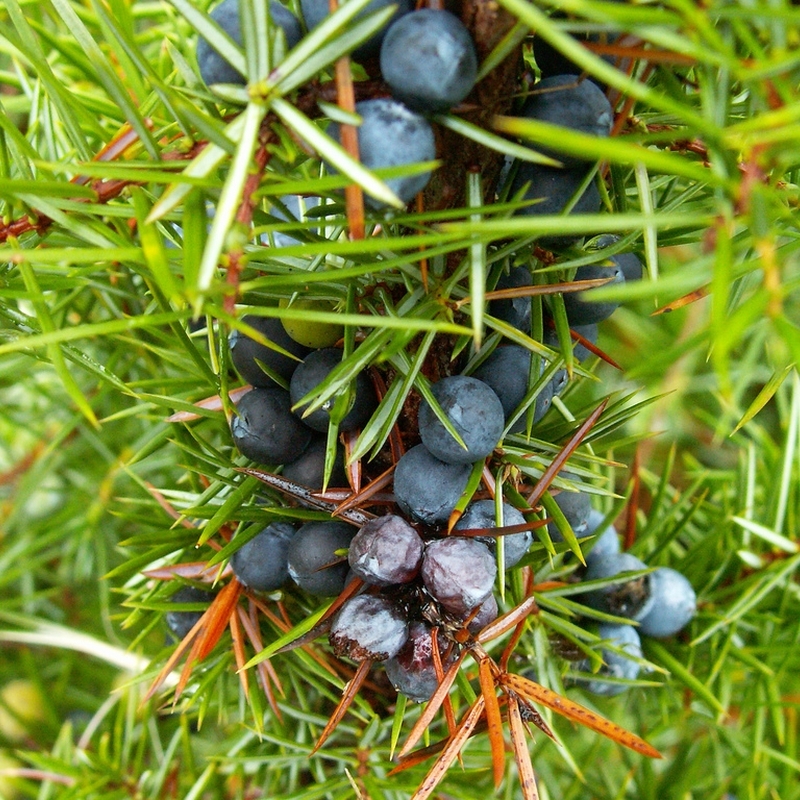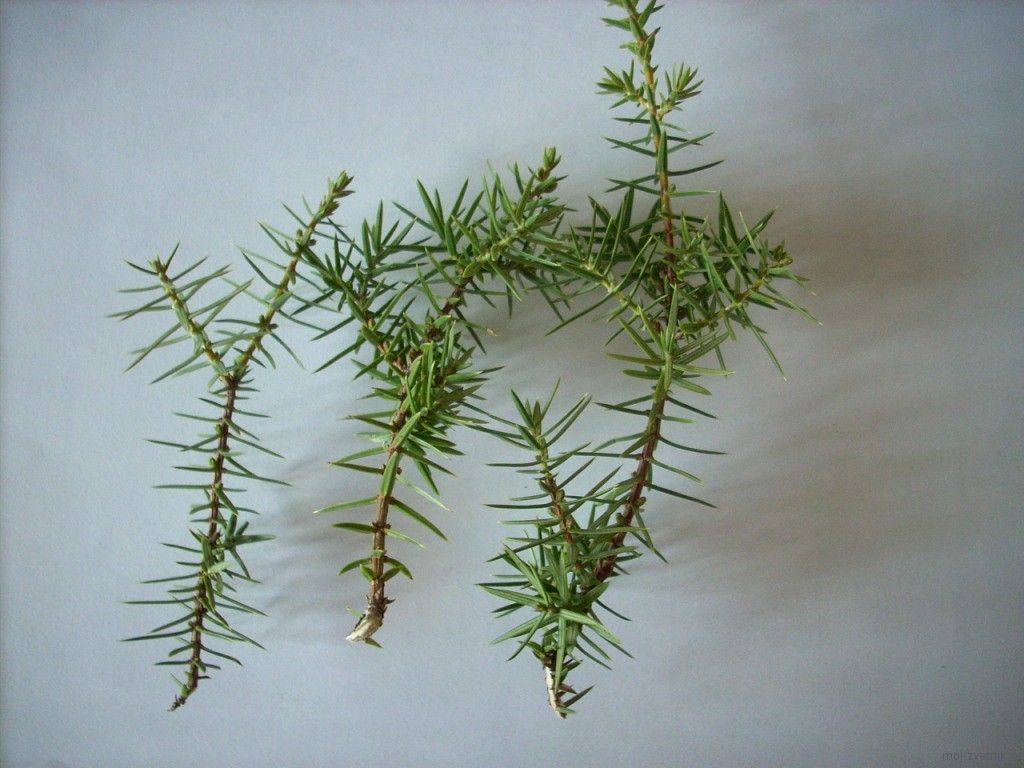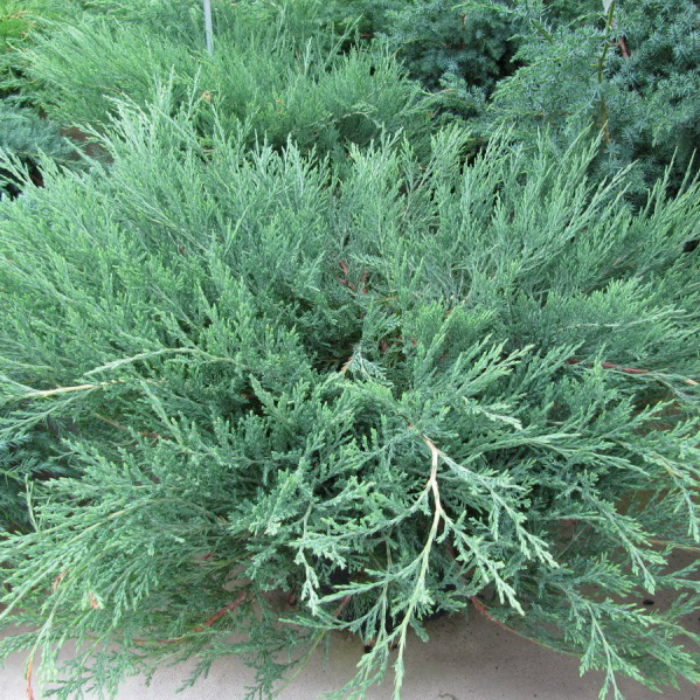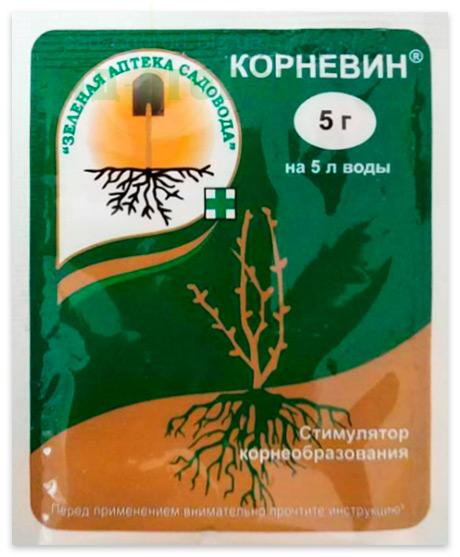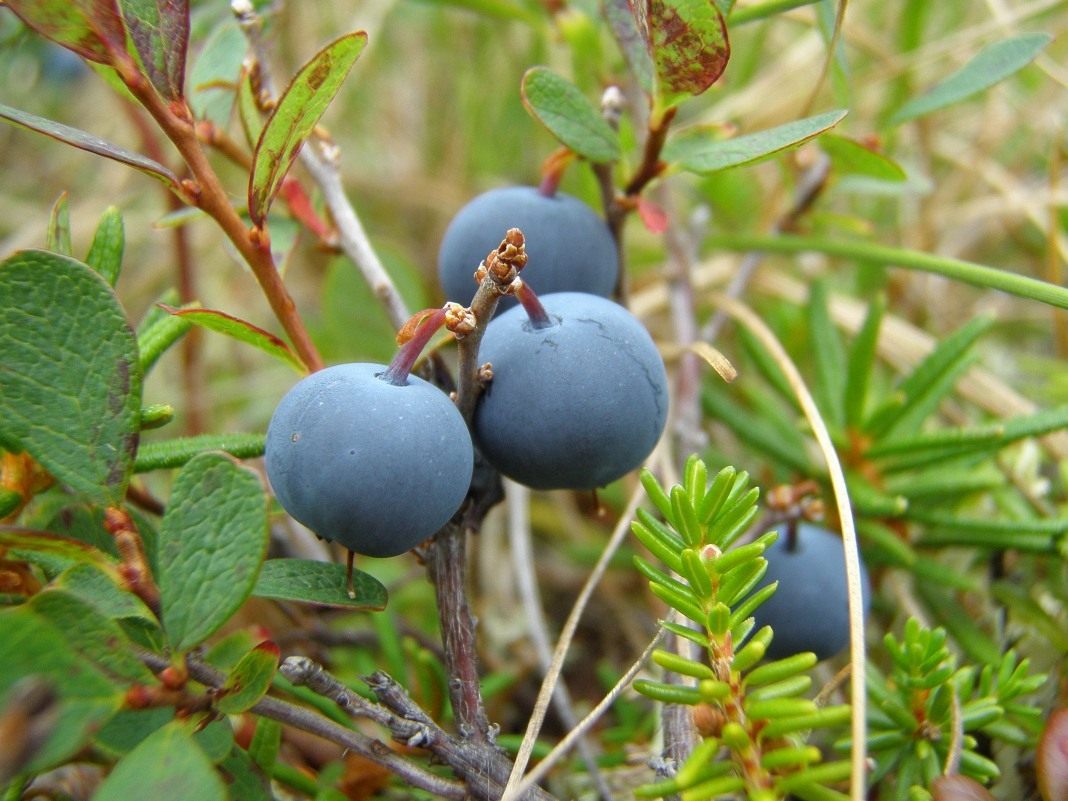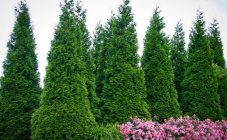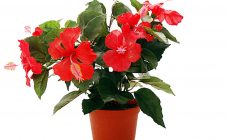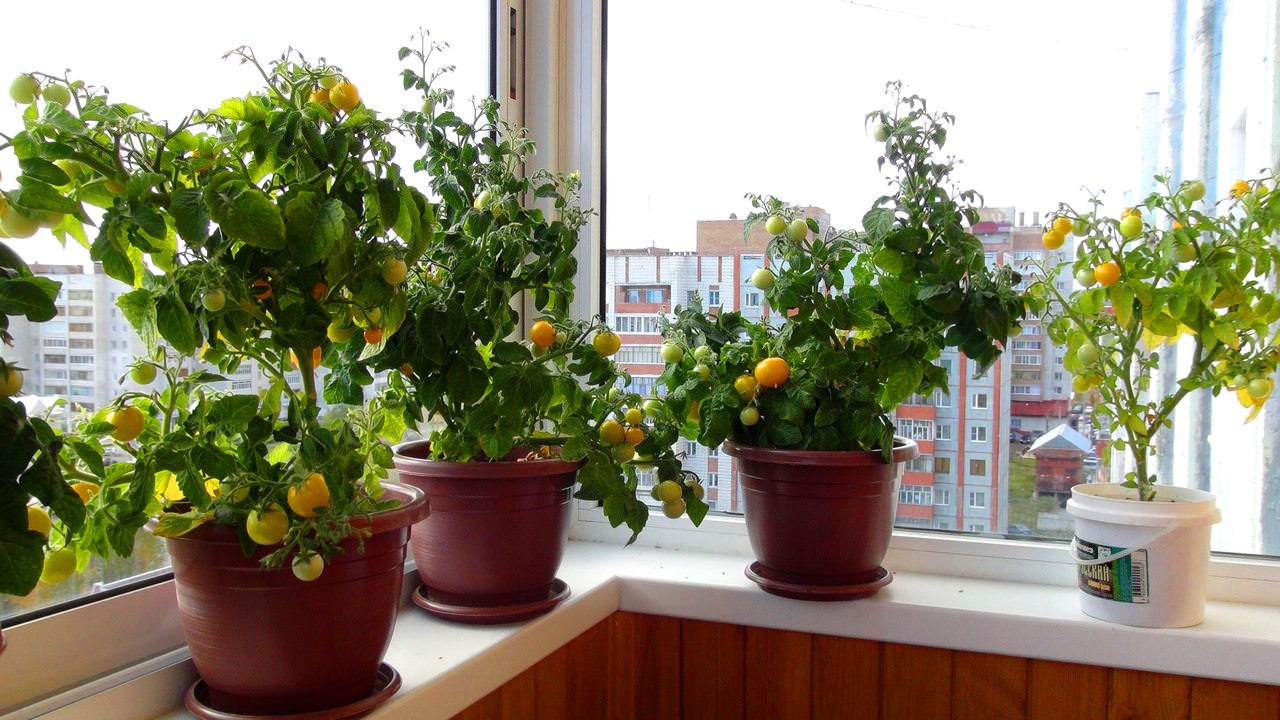Content:
Junipers are a group of coniferous shrubs and trees that have a different appearance. They belong to the cypress family. The culture is often used in landscape design due to the abundance of forms and varieties. Many novice gardeners are interested in the peculiarities of growing a juniper, in particular, how it reproduces at home. This is not difficult at all if you know some of the features.
Description and features of the plant
Junipers have an extremely long lifespan. They can grow up to 500 years old. The culture is used to decorate parks, gardens, and personal plots. She is planted:
- singly;
- in groups;
- rows;
- in the alleys;
- on the alpine slides;
- as ground cover crops.
The needles of junipers are mainly of the needle type, subulate, tough. The length of each needles ranges from 1 to 2.5 cm. They are located in 2-3 pieces in whorls along the shoot. Older plants have small, scaly needles. Cones are similar to berries because they have a fleshy outer shell. Ripen for 2-3 years.
The size of the bush depends on the variety. There are pyramidal, spreading or creeping varieties. The height reaches 1.5 m.
The culture is developing slowly. The only exceptions are a few species of fast-growing junipers, in particular, the Cossack. It has many beautiful forms, which are most common in Russia, Europe and Asia.
How juniper reproduces
Reproduction of junipers is possible in several ways. Each of them has features and disadvantages.
How can you plant a juniper:
- using seeds;
- cuttings;
- layering;
- dividing the bush.
The last 2 methods are not suitable for all types of juniper. Layers are obtained from creeping varieties, and only a young bush can be divided.
Seed breeding is a very laborious process:
- cones ripen for 2 years;
- seeds require long-term stratification;
- varietal qualities are not preserved;
- seeds have low germination rates.
Because of this, the vegetative method is popular. Reproduction by cuttings is the simplest and most effective way. It has a number of advantages:
- varietal properties are fully transferred to the seedling;
- a full-fledged bush is formed in 2-3 years;
- seedlings quickly adapt to growing conditions;
- cuttings show high growth rates.
The juniper has an unusual characteristic. The direction of growth of a new bush depends on where the stalk was cut from:
- from the top - the plant will stretch up;
- from the side - the shrub will begin to develop in breadth.
Many gardeners have a logical question of how to grow a juniper from a twig at home so that it quickly takes root and grows actively. And more on that below.
How to propagate a juniper by cuttings
To successfully breed a juniper with cuttings, you need to follow the correct sequence of actions. Mistakes made at any stage will affect the further development of the bush.
Selection and procurement of planting material
Before propagating a juniper, you should choose the planting material correctly. Then healthy and powerful plants will grow from the cuttings.
There are several rules:
- for harvesting cuttings, juniper bushes are used, which are at least 8 years old, so that the seedlings retain the characteristics of the donor plant;
- cuttings are cut from the middle part of the juniper, if they want to get spreading bushes, from the top - vertical. This nuance is especially relevant for columnar varieties, because it allows you to fully preserve the qualities of the mother plant. From one bush, you can collect as many seedlings as is required to improve the territory;
- choose green cuttings rather than woody ones. They start work in the early morning, when all parts of the bush are saturated with moisture;
- when pruning, they capture a small piece of a branch on which a stalk grew, the so-called "heel". Thanks to her, plants take root faster;
- the best cutting length is 12 cm. It is permissible to use larger branches, but not more than 25 cm.
If transportation of the cutting is required, then after cutting it is wrapped in a damp cloth and placed in a plastic bag. So it can be stored for a couple of days.
How to prepare a cutting
Preparation of the cutting for rooting takes place in three stages:
- The needles are carefully removed with a sharpened knife, trying not to hurt the bark. Leave only the uppermost ones for breathing.
- The lower part is treated with a growth stimulant to increase the likelihood of rooting. Some growers put the cutting into a nutrient solution. For this purpose, sugar should be diluted in warm water in a 2: 1 ratio. But with this method, the bark can flake off, so it is better to use a stimulant in the form of a powder or paste. In exceptional cases, it is permissible to simply water the substrate in which the cutting will grow with a solution to improve root formation.
- After 24 hours, the cutting is moved to the prepared soil.
The more responsibly the gardener approaches the preparation, the higher the likelihood of successful rooting.
How to root a stalk
To answer the question of how to propagate a juniper in a quick and easy way, you should familiarize yourself with some of the tricks of rooting a cutting. Success largely depends on this stage.
First, a nutrient substrate is prepared. The soil mixture should be:
- loose;
- breathable;
- moisture-absorbing.
The substrate is made from sand and peat mixed in equal proportions. To ensure good air exchange and moisture holding, put a small amount of charcoal and perlite.
How to properly propagate a juniper:
- In the soil mixture, a hole is formed with a depth of 3-4 cm and a diameter of 1 cm. A stalk is placed in it, the surrounding ground is pressed with hands and watered. If several cuttings are planted in one pot, then a distance of 6-8 cm is left between them.
- For speedy rooting, the temperature is maintained at 18-23 ° C. At higher rates, the roots die and the soil dries out, and at too low, the cuttings begin to rot.
- The pots are removed to the greenhouse. If this is not possible, then they are simply covered with bags.
After planting, care is reduced to maintaining optimal lighting and periodic watering. The soil is moistened as it dries, avoiding excess water. Saplings require diffused light, they develop much worse in direct sun.When grown in a bag, systematic ventilation is required. If the plants are not opened in time, condensation will begin to collect and the seedlings will die.
When growing Cossack juniper, propagation is used not only by cuttings, but also by layering. In varieties, the crown of which should spread along the ground, the lower shoots are rooted. They are not cut from the bush, but tilted towards the soil. The future seedling is fixed on the soil surface with a metal hook, and the place of contact is sprinkled with earth.
This procedure is carried out in the spring. Around August, roots will form on the layer. After that, it is separated from the mother bush and moved to a permanent place of growth.
Terms of cuttings
Juniper can be propagated from spring to autumn. However, experienced gardeners note that the procedure carried out at the beginning of the season gives the best results.
The timing of cuttings largely depends on when it is planned to plant the cuttings in the ground:
- reproduction of juniper by cuttings in the summer is carried out if it is planned to plant the plant in the fall. But they are harvested no later than June. Otherwise, they will not have time to take root and freeze in winter;
- planting material is prepared in early February for planting in the ground in spring.
In order for the plant to take root in a new place, you need to let it form a root system. This takes about 70 days. Before planting it is not worth it, because there is a high probability of death.
Cuttings harvested in late autumn or late winter are moved into the ground in spring. If they were cut in the summer, then it is important to have time to carry out the procedure before the cold snap. With the onset of early frosts, seedlings continue to grow at home until the next season.
Rooting stimulants
The modern market offers gardeners a huge number of drugs to stimulate root formation. Previously, folk remedies were widely used:
- willow water;
- honey;
- potato tubers;
- yeast.
Now there is no need to waste time preparing solutions with your own hands. Purchased drugs are easy to handle and cost-effective.
The most popular are:
- root is a stimulant based on indolylbutyric acid. 1 g of the drug is required for 1 liter of water;
- heteroauxin is a phytohormonal agent. The active ingredient is β-indoleacetic acid. Put 1 tablet on 1 liter of water;
- epin stimulates root formation and improves immunity. Take 0.5 ml for 1 liter of water;
- zircon is a multifunctional complex preparation, a mixture of hydroxycinnamic acids. Add 1 ml per liter of water.
Do not exceed the dosage indicated by the manufacturer, because the opposite effect will occur - inhibition of the planting material.
The cuttings are immersed in the solution for about a third. The remaining liquid is used for watering.
Rules for planting cuttings in the ground
An illuminated area is allocated for a juniper, partial shade is permissible. The cuttings are moved into the ground along with a lump of earth and try not to damage the still fragile root system.
To plant a juniper, dig a hole, the size of which is 2-3 times the volume of the roots. Drainage must be laid down.
The location of the seedling depends on the variety:
- columnar juniper is placed vertically;
- bushy - with a slight slope.
The plant is buried along the root collar, watered and mulched.
In the beginning, it is advisable to feed with nitroammophos (50 g per 1 m²). In summer, organic and mineral fertilizers are applied.
To decorate the garden, you should know how the juniper reproduces. It is not a complicated process, but it does require adherence to certain rules. With strict adherence to the instructions, a powerful bush will grow from the cuttings, which retains the varietal qualities of the mother plant.

